The HygroShell research pavilion was made as part of the ITECH Master’s program and the Cluster of Excellence Integrative Computational Design and Construction for Architecture (IntCDC). It shows how important and useful it can be to have a research and learning space open to people from different fields for the Chicago Architecture Biennial 2023.
HygroShell shows how a full-size, long-spanning, lightweight shell was designed, engineered, and built from flat-packed parts that were bent on-site. The pavilion looks into a new type of bio-based or bio-inspired design.
HygroShell’s shape, structure, and production process are all based on data that shows how different materials change over time. To make sure that accurate material information was used throughout the whole planning and production process, a custom computer workflow was created. The method considers important factors like the direction of the wood’s grains and the amount of water in the wood, which affect both the shaping process and the strength of the end structure.
A known analytical method is used to predict the curvature of self-shaping bilayers. This leads to the creation and visualization of an initial material-informed design space that shows the range of curvatures that can be made. This led to creating a global parametric design system that considered the structure and shaping sequence of the HygroShell. Working with partners in the industry, the design space was changed even more to consider the materials’ efficiency and include the standard sawing patterns of the logs. Using parametric detailing, direct structural modeling, and collecting data by hand throughout the process allows for geometry and processes that are guided by the material.
The local sawmill cuts the spruce logs into pieces that are then used in the physical construction process. The moisture content is kept high until the production starts. Material information for each board, such as its moisture content and grain orientation, is collected and fed into the digital data model. This makes it easy to get a general idea of each board’s physical and mechanical qualities. Each board in the stock has a curve potential that can be changed constantly based on how wet it is.
With this method, stock-specific arrangements of boards can be used to do two things: first, make the overall shape as good as it can be with the available resources, and second, match the design’s changing curves to particular boards as they are being made. This level of control lets different variations in the material be used smartly to make design features like smooth changes in curves between parts and curvatures that are better for the structure.
Curvature is set up using a digital workflow to choose and place 20 mm thick high-moisture boards in the active layer. These boards are then glued to a 4 mm plywood layer using a polyurethane adhesive and a mix of French cleat pressing and vacuum lamination. After lamination, a 7-axis robotic milling setup is used to cut a long, curved finger joint link and pre-drilled screw holes into the two layers based on the curved geometry.
A waterproofing layer and diamond-shaped wood shingles (standard in South Germany) are added in a controlled workshop setting so that the later curved parts don’t need as much work on-site. The shingles work like scales, adapting to the shape of the surface while still keeping out the weather. Then, groups of two parts are joined together along a common line to make packages. These packages are wrapped on the outside to keep the moisture in while they are shipped. The production process is made a lot easier by flat fabrication and assembly, which doesn’t affect the final geometric performance. The small size of the packages means that they take up less space when they’re being shipped, so it takes less than one truck to bring them to the job site, and is easier to set them up there.
It was planned and built so that HygroShell can be used as a long-span roof structure, which isn’t possible with heavy wood parts. The building has a main span of 9.5 m and is made up of vaults that look like arches and rest on three flexible supports. With only 28 mm of structural depth, the structure has a slenderness ratio of 350:1, which is the same as eggshells, and a curvature-to-thickness ratio of 50–70:1. The materials used are normal-grade softwoods.
The structural system negotiates the cross-section needs for shaping and making the best use of the material by pointing the main sectional stiffness from the direction of the strongest fibers toward the direction of primary loads. FEM models are used to check how well the very thin layers work and to correctly measure how stable the structure is during the shaping process. This includes looking at how self-weight affects the curvature that can be made and how much weight is lost during drying. The lightweight system is stiff because it doesn’t use mass as reinforcement. Instead, it uses surface curvature and curved joints. Form optimization usually comes at the cost of materials and processing, but HygroShell combines form, material, and manufacturing.
Project Info
Project Name: HygroShell
Institute for Computational Design and Construction – ICD: Dr.-Ing. Dylan Wood, Laura Kiesewetter, Prof. Achim Menges
Institute for Building Structures and Structural Design – ITKE: Dr.-Ing. Axel Körner, Kenryo Takahashi, Prof. Dr.-Ing. Jan Knippers
Concept Development, System Development, Fabrication & Construction: Andre Aymonod, Wai Man Chau, Min Deng, Fabian Eidner, Maxime Fouillat, Hussamaldeen Gomaa, Yara Karazi, Arindam Katoch, Oliver Moldow, Ioannis Moutevelis, Xi Peng, Yuxin Qiu, Alexander Reiner, Sarvenaz Sardari, Edgar Schefer, Selin Sevim, Ali Shokri, Sai Praneeth Singu, Xin Sun, Ivana Trifunovic, Alina Turean, Aaron Wagner, Chia-Yen Wu, Weiqi Xie, Shuangying Xu, Esra Yaman, and Pengfei Zhang
With support of: Katja Rinderspacher, Simon Bechert, Michael Schneider, Michael Preisack, Sven Hänzka, Sergej Klassen, Hendrik Köhler, Dennis Bartl, Sebastian Esser, Gregor Neubauer, Gabriel Kerekes and the Institute for Engineering Geodesy (IIGS)
Cluster of Excellence Integrative Computational Design and Construction for Architecture – IntCDC
Project Supporters: German Research Foundation (DFG), University of Stuttgart, School of Talents – University of Stuttgart, Digitize Wood – Ministry of Rural Development and Consumer Protection Baden-Wuerttemberg (MLR), Zukunft Bau – Federal Ministry of Housing, Urban Development and Construction, Kolb Sägewerk, Henkel AG, Scantronic, Brookhuis Technologies, CAB5




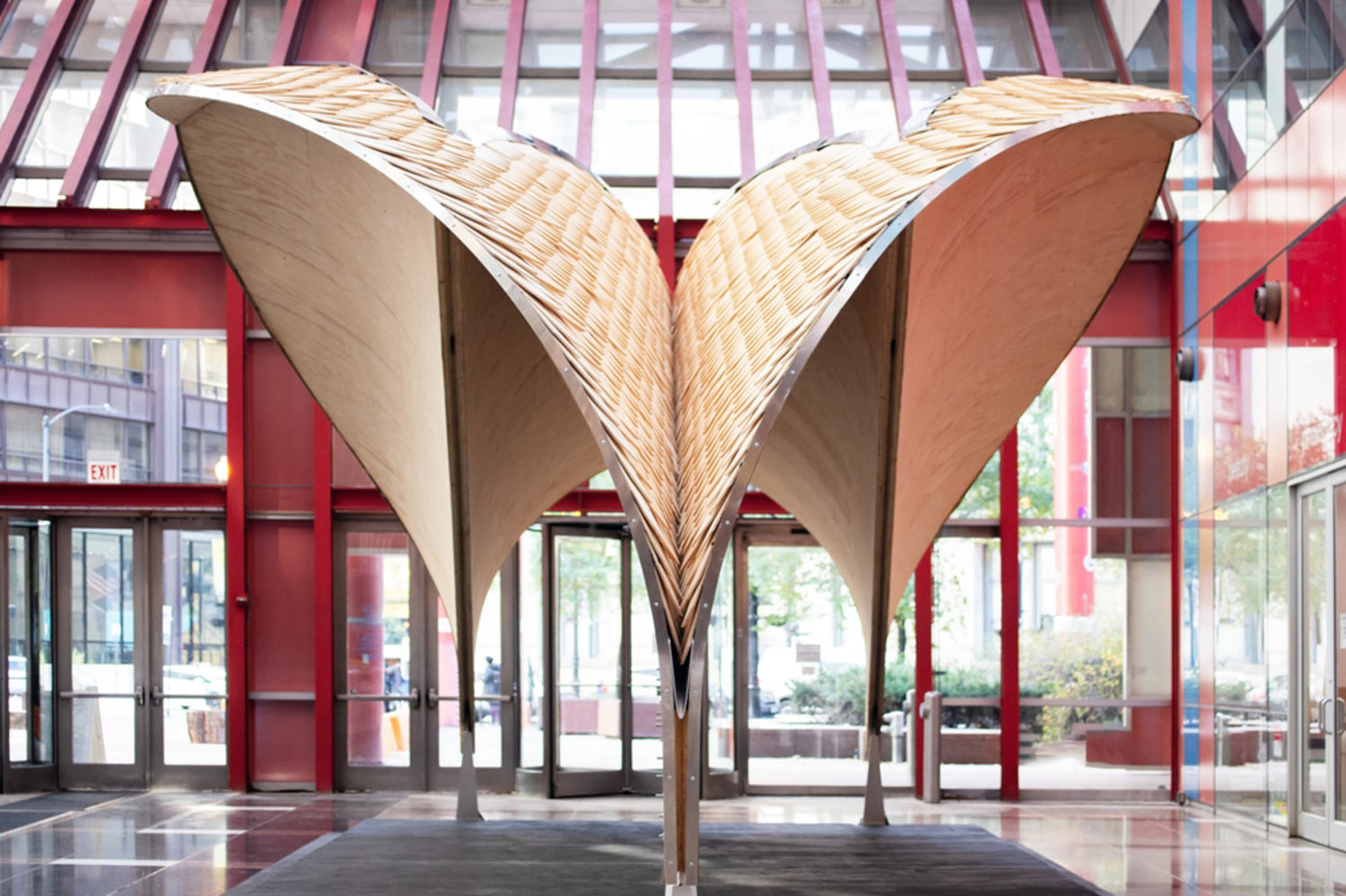
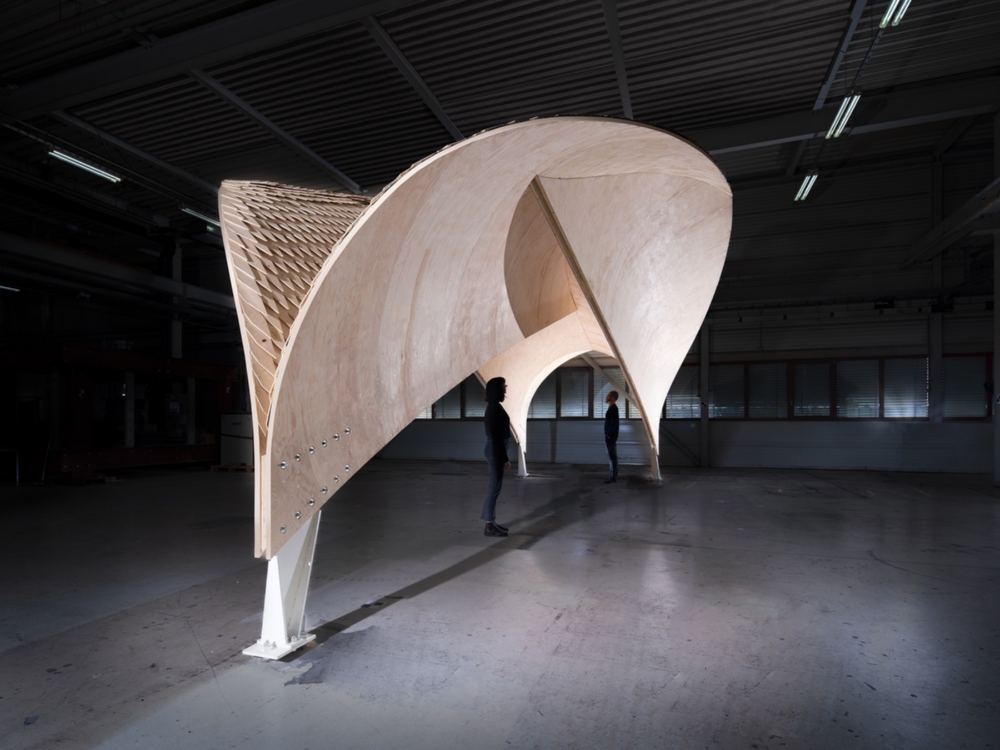
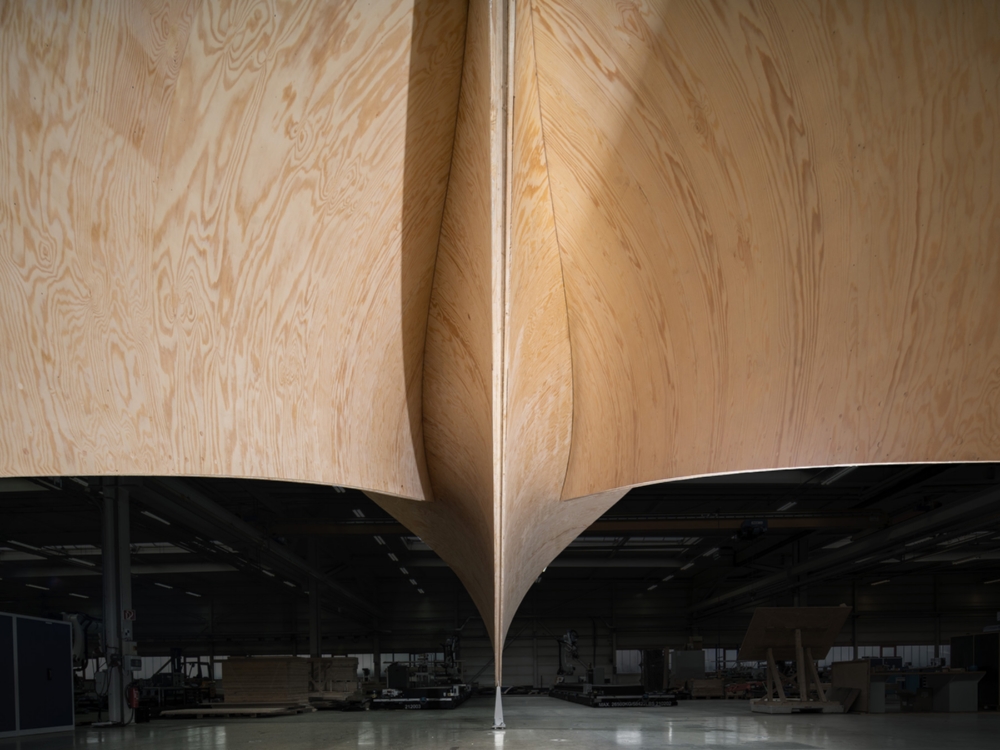
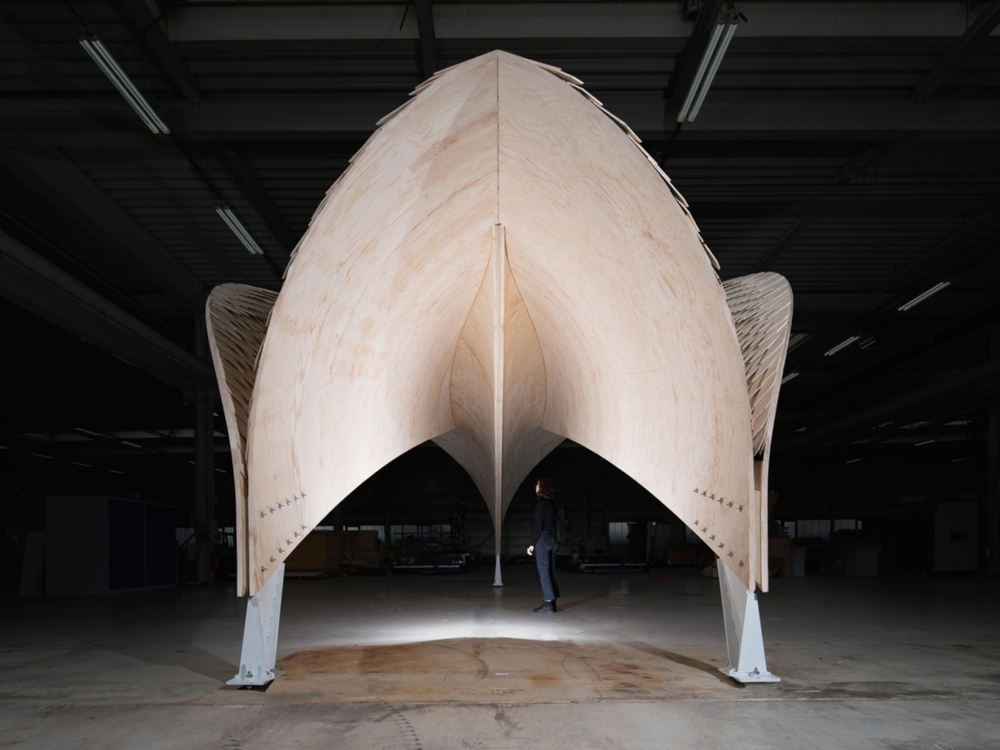
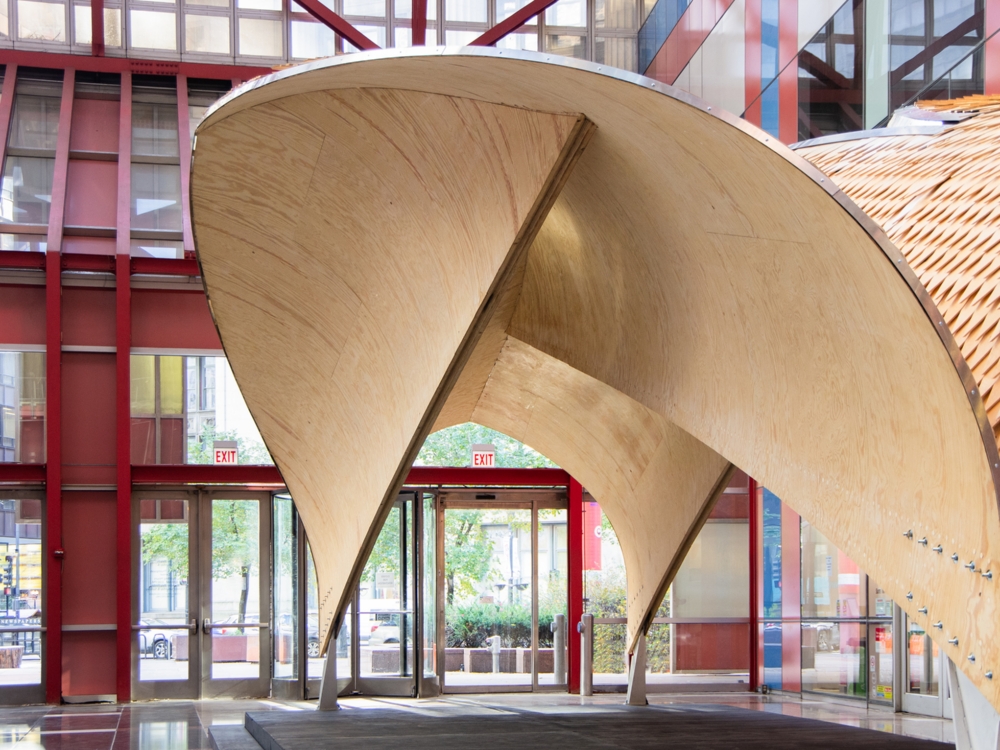

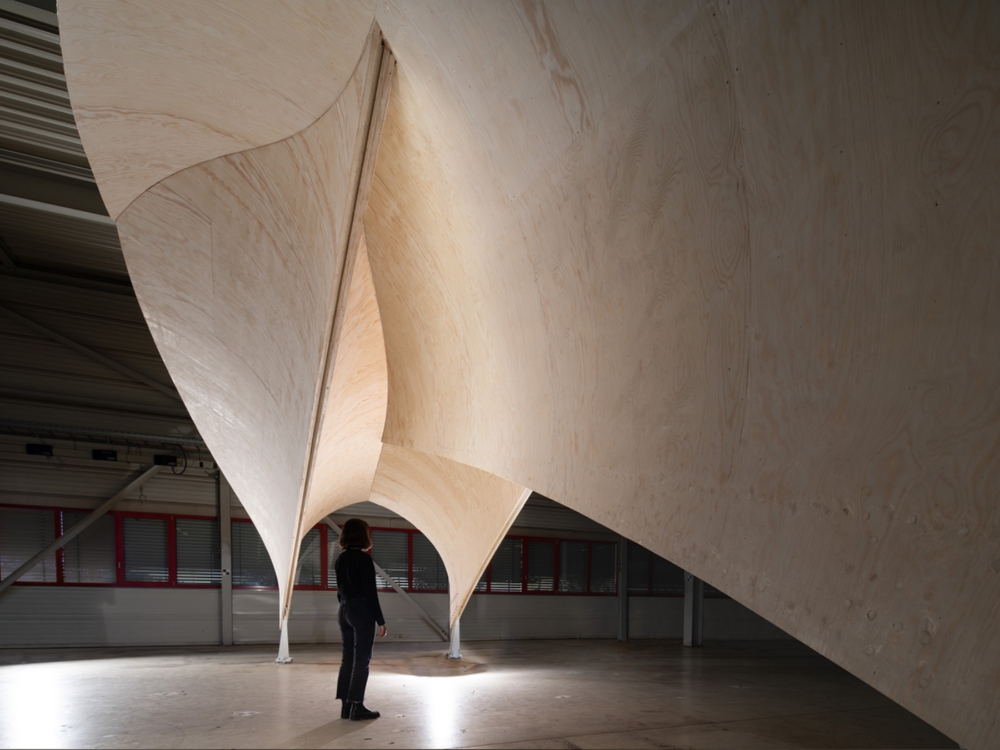
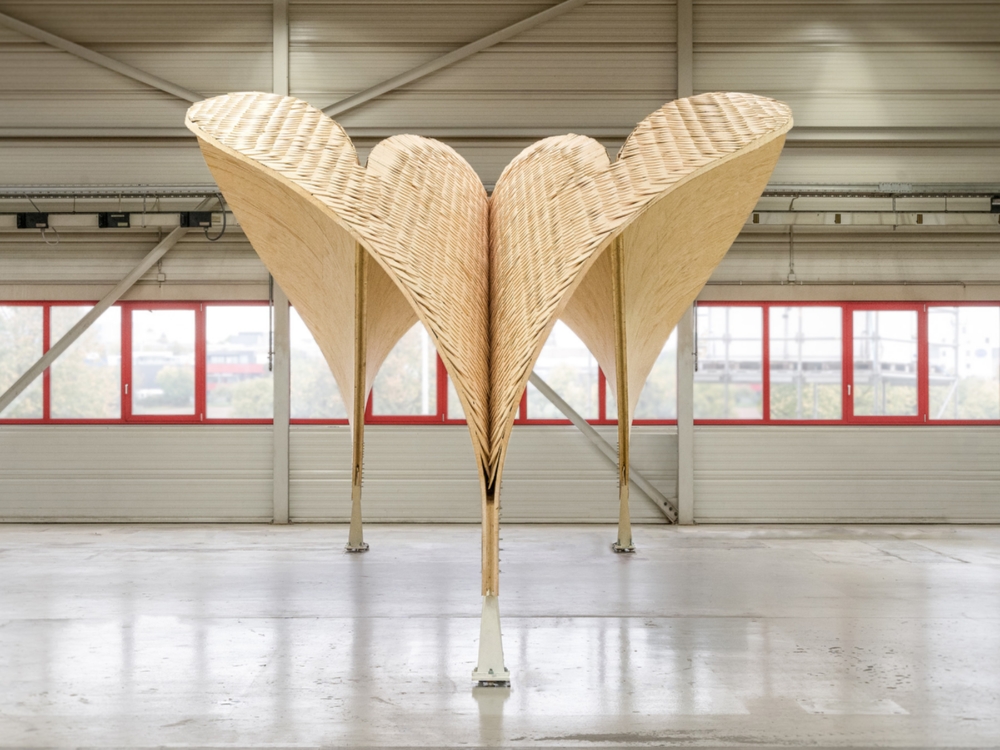













Leave a comment